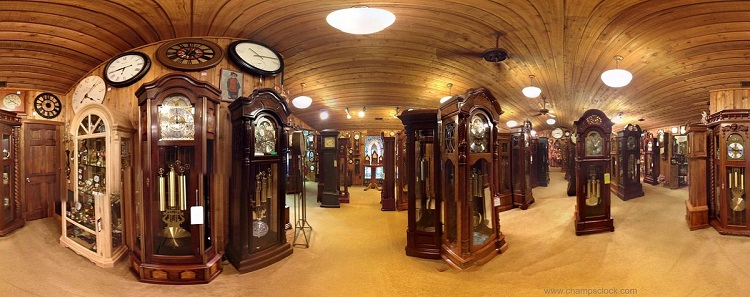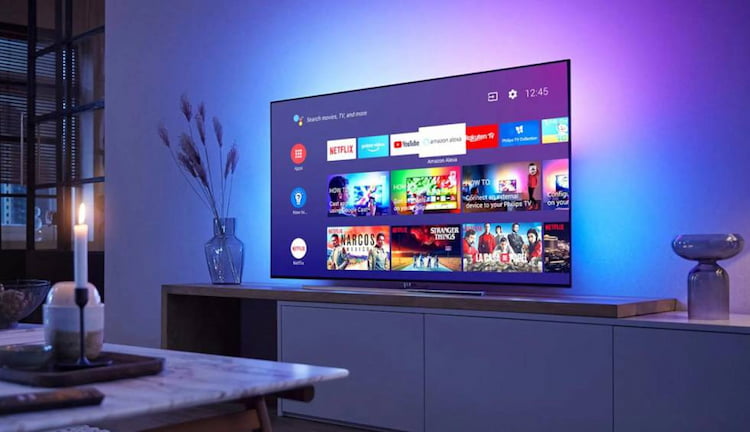
The Science of TV Size: How to Optimize Your Viewing Pleasure
When shopping for a new TV, it can be tempting to choose the largest model your budget allows. However, getting the best viewing experience isn’t about buying the biggest screen size; it’s about selecting the correct option for your space. If you buy a screen that is too large and sit too close to it, you will not only be unable to view the whole picture, but you’re also going to experience eye strain. Here is what you need to know to choose the best TV size for your space.
Understanding TV Sizes
The diagonal length of a television, measured from corner to corner, determines its size. It’s important to remember that the screen size does not include the TV’s borders or bezels, so you should also consider the whole width, height, and depth of a particular model. This information may be found in the product specifications; before making a purchase, compare these measures to the available space.
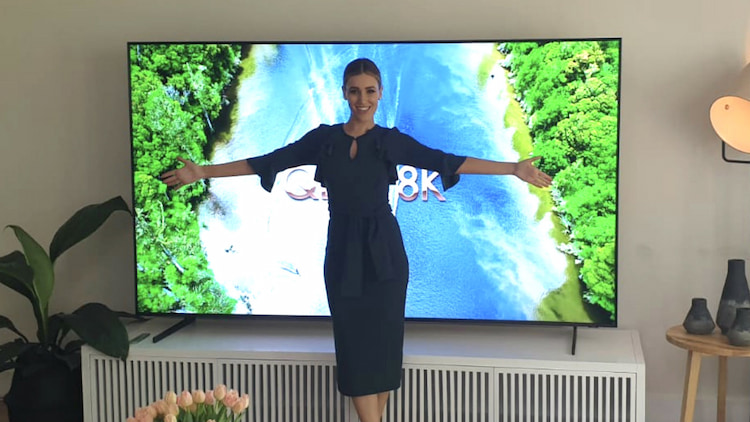
How do I determine the best size TV for my room, you may ask? Chances are that you’ll need a different screen size for each room in the house. That said, the following information should assist you in determining which sizes are most suited to your needs, based on where you want to place your new TV.
32″ to 49″ Smart TV
These smaller TVs are generally great options for kitchens, bedrooms, and smaller living rooms. Although they have smaller displays, these TVs still provide excellent viewing without taking up as much room if space is limited.
50″ to 65″ Smart TV
These bigger TVs are ideal for anyone looking for a more immersive viewing or gaming experience. They’re an excellent choice for most living rooms, and they’ll also deliver a terrific overall viewing experience in medium- to large-sized living rooms.
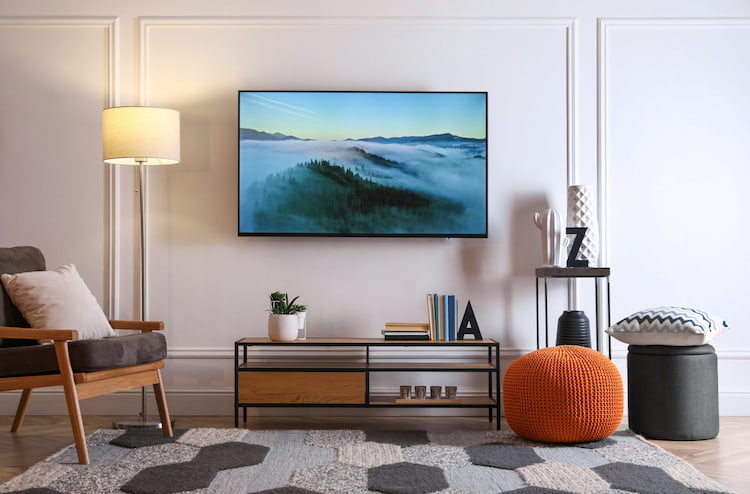
The 65 inch smart TV models, in particular, are increasingly popular, and for good reason. The size strikes a perfect balance between being large enough to provide a very immersive big-screen experience and being small enough to fit in most regular-sized lounges without entirely dominating the room.
Furthermore, costs for the form factor have lately begun to fall year on year, implying that you don’t have to pay hundreds of your hard-earned money to buy a 65 inch smart TV.
70″ to 75″ Smart TV
These TVs are much larger, so they’re best suited for medium- to large-sized living rooms. If you enjoy movies, sports, or gaming, you’ll appreciate a large-screen TV.
75″ Smart TV or Larger
TVs of these sizes are ideal for large living rooms or movie theatres. They provide an improved viewing experience and are ideal for bringing entertainment home, whether you’re binge-watching your favourite show or relaxing to watch the game.
Viewing Distance
Viewing distance is a crucial factor when selecting the proper size for a space. As a general rule, the larger the television, the further away you should sit from it. If you buy a model that is too large for your space, you won’t be able to see everything. On the other hand, getting a screen that is too small for the room won’t give you an immersive viewing experience.

According to the SMPTE (Society of Motion Picture and Television Engineers), an individual should sit so that the screen takes up 30° of their field of view. In other words, your viewing distance should be 1.2-1.6 times the diagonal measurement of the screen. For example, if you had a 75″ TV, the minimum viewing distance would be 90″ (or 2.28 metres).
Resolution
As a general rule, the larger the size of the screen, the greater the resolution should be. If you pick a model with a lower resolution, you’ll need to sit further back, otherwise, the image may seem pixelated. High-resolution TVs, such as 4K and 8K models, deliver crystal-clear images, and you can typically sit closer to them without compromising the quality of the picture.
Placement
You’ll need to consider where you intend to place your set because this can also impact the size you select.
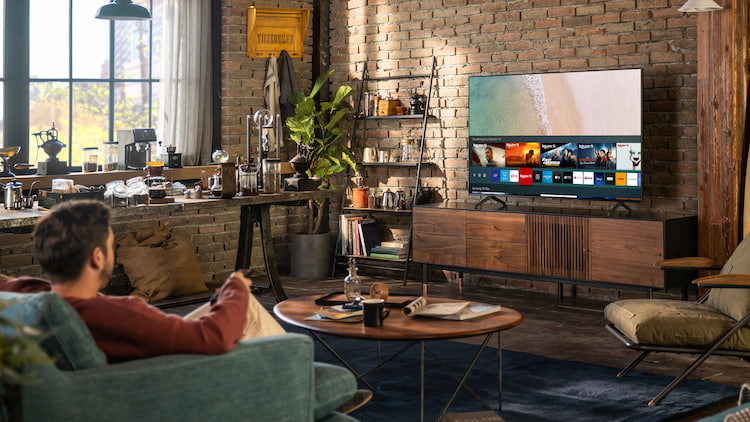
The viewing distance will be reduced if you place your TV on a stand or media unit, for example. This is because using a stand or media unit with the provided stand brings the set closer to the viewer, decreasing the viewing distance. So, keep in mind the depth of the TV stand as well as the furniture you intend to place it on. Some sets have narrow stands, but others may reach up to 9 inches back with the stand connected.
By opting to hang the set on the wall you can increase the visible distance by a foot or more, which could be the difference between a 60-inch and a 72-inch TV Your screen will still be a few inches from the wall, depending on the type of mount you pick and the thickness of the TV, but the specifics may vary from model to model. Some are designed to mount flat against the wall, but most will require some clearance to allow mounting gear.
